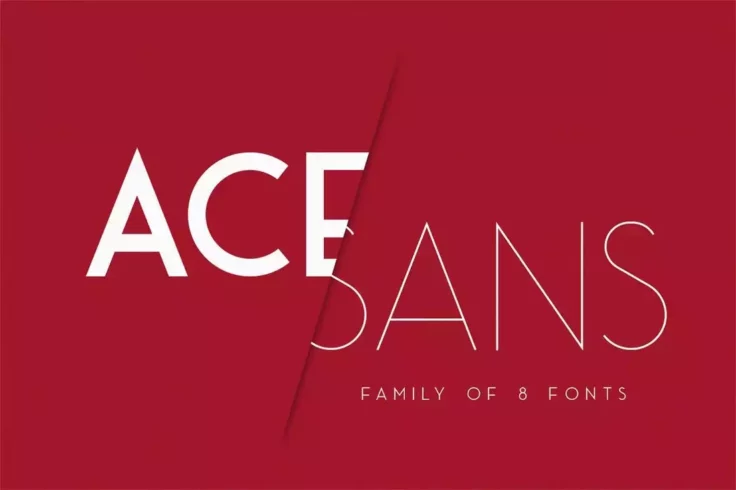20+ Best Thin & Skinny Fonts
Embrace the minimalist look with our thin and skinny fonts. These light-weight fonts are perfect for logos, elegant designs, or any project that values simplicity and subtlety. These fonts bring a delicate, modern touch to your work.

Summertime Thin Casual Script Font
Whether it’s for a summer flyer title or writing a message on an invitation, this beautiful thin font is perfect for adding a casual feel to all...

Zevida Thin Sans Serif Font Family
Zevida is a stylishly modern and elegant font featuring a thin character design. This font looks perfect for designing logos and headings for modern b...

Auvelle Minimal Clean Hairline Font
Auvelle is a minimal hairline font with a clean design. It features letters with a unique design that will fit in nicely with modern product packaging...

Love Story Cute Skinny Font
This is an adorable skinny font that can be used with various types of print and digital designs. It’s an all-caps font that’s made specif...

Love Junkie Felt Marker Thin Font
This font features a design inspired by ballpoint pens but it also looks a lot similar to felt marker pens as well. It includes a regular font and an ...

Ace Sans Font Family
Ace Sans is a complete family of fonts that includes a total of 8 fonts featuring various weights ranging from thin to extra bold and more. You can us...
FAQs About Thin & Skinny Fonts
What are Thin & Skinny Fonts?
Thin and skinny fonts are a type of typography that are lean, narrow, and slim in style. They are often very lightweight and have minimal stroke width, giving them a modern, clean, and minimalist appearance.
These fonts are particularly striking when used for headings, logos, or short phrases where their design characteristics can be fully appreciated. They are often used in graphic design, advertising, branding, and anywhere a sleek, contemporary look is desired.
Are Thin & Skinny Fonts Suitable for All Types of Content?
While thin and skinny fonts can provide a stylish touch to your design, they might not be suitable for every type of content. They tend to be more effective in larger sizes, such as for headers or logos, where their unique characteristics can truly shine. They may not be as effective for smaller text or paragraphs, as they can be less readable than thicker, standard fonts.
Further, the context and the audience for your content should also dictate your font choice. For instance, a skinny font may not be appropriate for a serious document or a content – it all comes down to appropriateness and readability.
How to Choose the Right Thin & Skinny Font?
Choosing the right thin and skinny font depends on several factors, including the purpose of your text, the platform where it will be displayed, and your target audience's preferences. You should consider how the font will look in the context of your design and whether it complements your overall aesthetic.
It’s also important to check the legibility of the font. While thin and skinny fonts can look great at larger sizes, they can become difficult to read if used in smaller sizes or dense blocks of text. Always preview your chosen font in various sizes and contexts before making a final decision.
Can Thin & Skinny Fonts Be Used for Print Designs?
Yes, thin and skinny fonts can be used for print designs. However, similar to digital use, you need to ensure that the chosen font is legible and appropriate for your content. Depending on the print medium and size, some thin fonts might be less readable, especially if the print is small.
When used correctly, thin and skinny fonts can add a stylish and contemporary feel to your print designs. From business cards to posters, these fonts can help your design stand out, as long as readability and content suitability are taken into account.
Are Thin & Skinny Fonts Available in Different Languages?
Absolutely, many thin and skinny fonts support different languages. However, the extent of language support varies from font to font. Some fonts may only support basic Latin characters, while others might offer extensive support for multiple scripts and special characters.
If you're planning to use thin and skinny fonts in non-English languages, it's essential to make sure the font you choose supports the characters and accents needed for that language. You can usually find this information on the font's detailed description or specifications.